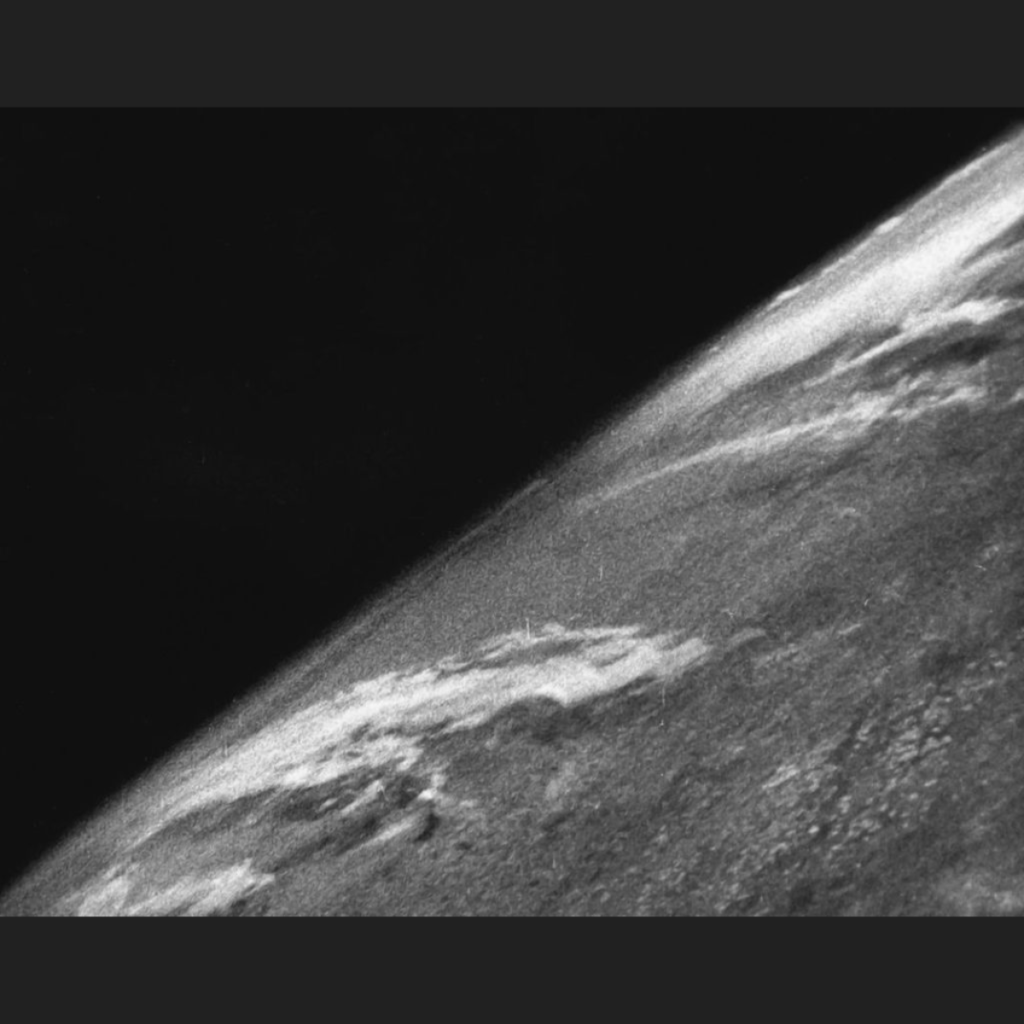

White Sands Missile Range Applied Physics Laboratory/Wikimedia Commons
Seventy-eight years ago, scientists at the White Sands Missile Range in New Mexico launched a camera on top of a Nazi V-2 ballistic missile resulting in the first photo of Earth taken from space, according to Popular Mechanics.
It was on October 24, 1946, that the rocket flew to an altitude of about 65 miles (104 km), just above the accepted beginning of outer space, and a 35-millimeter motion picture camera took an image every second and a half. The camera with the missile then came rushing back down, hitting the ground at more than 340 mph (547 km/h) and giving humanity access to the first-ever image of Earth from space.
“For 1946, it was an astounding accomplishment,” Michael Neufeld, Senior Curator in the Department of Space History at the National Air and Space Museum, told Inverse. “It was a news item.”
The camera was inserted in a specialized steel cassette allowing it to remain intact despite the high drop. This made the scientists “ecstatic,” Fred Rulli, a serviceman at the time whose job was to retrieve the film, told Air & Space in a 2006 interview. Despite the significant drop, the camera was only missing one lens, National Air and Space Museum Curator Emeritus David DeVorkin told Inverse.
When the scientists finally saw the novel image projected onto a screen, they “just went nuts,” according to Air and Space.
This feeling of euphoria came from the fact that the U.S. Army did not even have parachutes to work with the German-made rockets so they had no way to guarantee the rocket payload would come back safely. So “what they did on the early V-2s is essentially put things in armored casings and hope that it would survive being smashed into the ground at several 100 miles per hour,” Neufeld told Inverse. Lucky for them the armored casings worked and we now have an intriguing piece of history.